What Are Canonical URLs: An In-Depth Guide for SEOs
A canonical URL is the original or primary version of a webpage. If your site hosts multiple pages with similar or identical content, the canonical URL is the one you want search engines to index. While search engines ultimately determine which URL they consider canonical, you can influence this decision by adding the “rel=canonical” link element in your webpage’s HTML code. Here’s how Atlassian adds a canonical link tag for the Jira landing page on their site: Let’s break that down: The rel=”canonical” link element tells search engines that the link that follows is the preferred version of the page The href attribute then specifies the URL considered to be the original page How Do Canonical URLs Affect SEO? Canonical URLs help address duplicate content issues on your website. When multiple URLs lead to pages with the same content, search engines may have difficulty selecting the correct page to display in search results. But when you set a canonical URL, you clearly indicate which page you want indexed and ranked. Which helps search engines make a decision. How to Implement Canonical URLs Even the largest websites can slip up when it comes to implementing canonical URLs correctly. Here’s what you should do to make sure you implement them properly. 1. Audit Your Website Start by auditing your site for duplicate content—which can happen in multiple ways, including: Publishing identical content on different URLs Creating multiple page variations for A/B testing Generating URLs with tracking parameters You can use Semrush’s Site Audit; tool to find and address duplicate content issues on your website. Here’s how: Enter your website URL and click “Start Audit.” The tool will then analyze your entire website’s structure and content. Once the audit is complete, navigate to the “Issues” report. Filter the list by typing “duplicate” in…

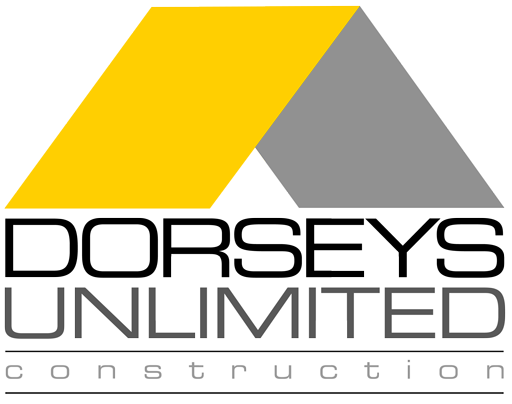
















































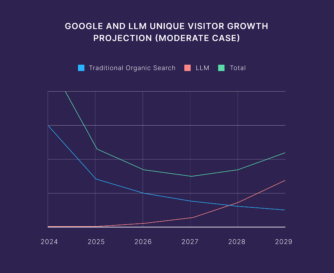














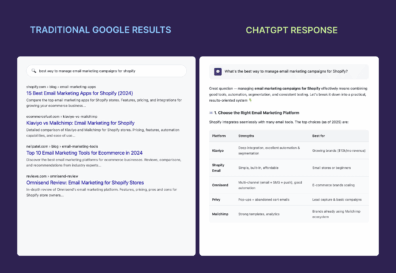
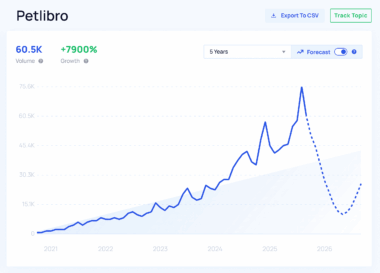

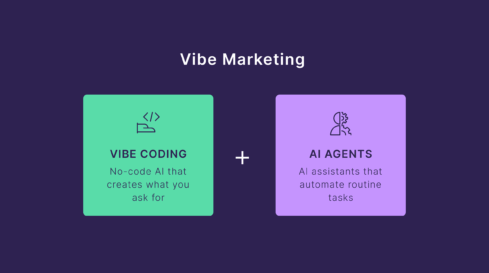
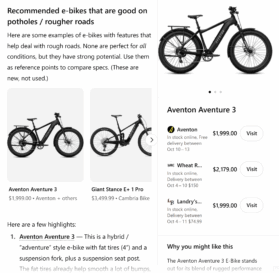

























No comments yet.